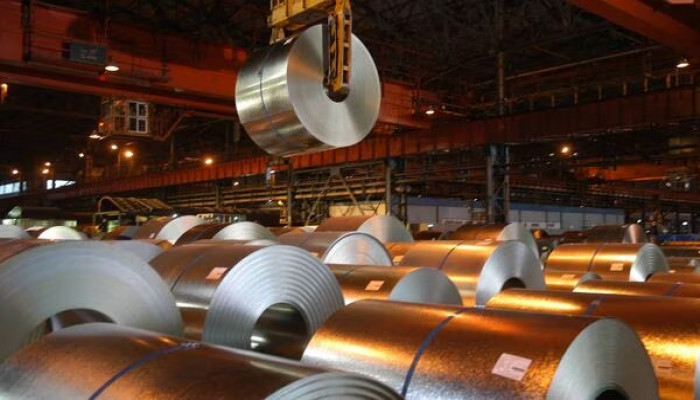India's Tata Steel signs deal to cut carbon emissions with Germany's SMS group
- In Reports
- 12:13 PM, Jun 15, 2023
- Myind Staff
Tata Steel and SMS Group signed a contract on Wednesday with the intention of reducing carbon emissions and achieving net zero emissions by 2045. The German company and the Indian steel giant have agreed to work together on a technique that might reduce carbon emissions by more than 50% throughout the steel-making process, according to a statement from the steel manufacturer.
As part of the agreement, the two companies will hold technical discussions and demonstrate a decarbonization technology developed by the SMS group at a blast furnace in Tata's Jamshedpur plant, Tata Steel said.
According to the World Steel Association, the manufacturing of steel is responsible for up to 9% of the world's carbon emissions, and steelmakers all over the world are investing in technology that can help them cut down on pollution.
"India being the second largest steel producer in the world also places a huge responsibility on large manufacturers like Tata Steel to lead the country's decarbonization journey," Tata Steel Chief Executive Officer T.V. Narendran said.
According to the company, it has established a goal to achieve net zero carbon emissions by 2045.
Among other major sources of carbon emission, the IEA (International Energy Agency) estimates that direct CO2 emissions due to crude steel production are approximately 1.4 tons of CO2 per ton of steel produced. Recycling Today claims the numbers are slightly higher, roughly 1.85 metric tons of CO2 per ton of steel. The IEA base these findings on the basis of a report from the World Steel Association.
McKinsey has also raised concern over the rising carbon emission by various sources. It also bases the World Steel Association report on carbon emission data.
Being the largest producer of steel in the world, China is the largest contributor to carbon emissions. According to experts, the major reason for high emission by China is ‘Blast Furnace Ovens’, which is widely used in Chinese steel plants
Image source: Twitter







Comments